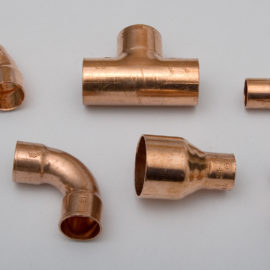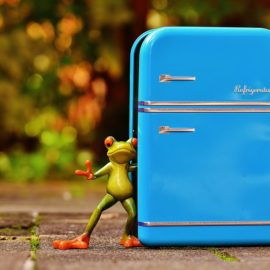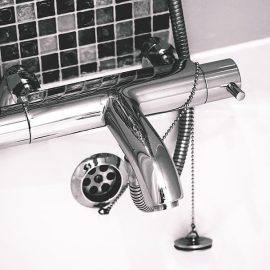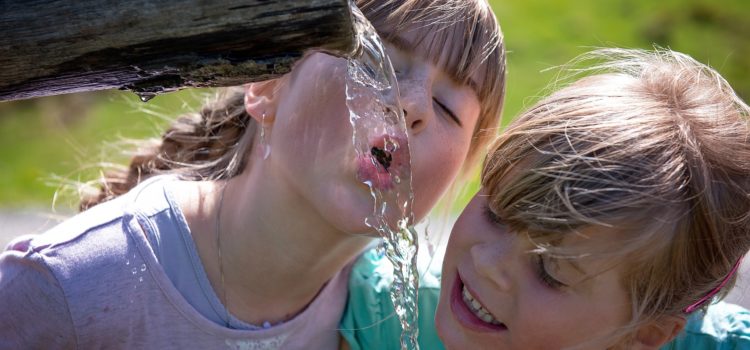
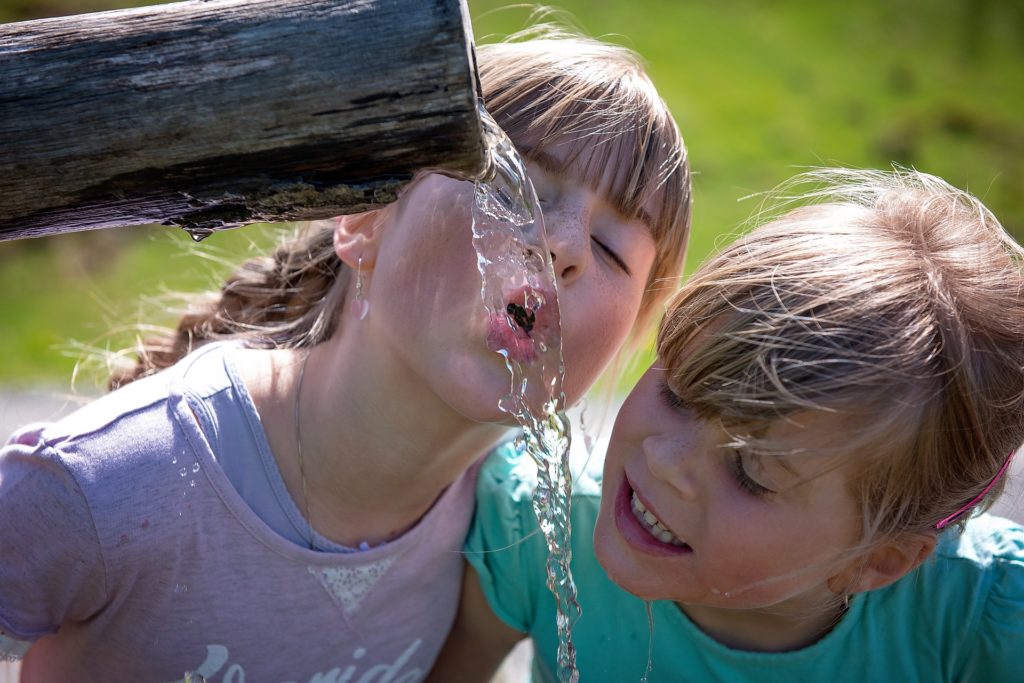
Having treated the water in your home treated or purified is especially important if you have little children. In today’s world, where we are trying to reduce our waste, more and more people want to avoid buying bottled water since they come in plastic containers that don’t decompose. But you still don’t want your family to drink contaminated water!
So, what can you do about it? The best option would be to either rent a purification system or buy one. Considering the amount of water you use in cooking, drinking and washing the dishes, enhancing the quality of your water can noticeably benefit you and your family. Some companies even offer you the option to have whole-home and at-the-tap purification systems and filters installed so as to treat a number of concerns.
On the fence about getting a water purifier? Let’s look at your alternatives and see how they hold up when pitched the water purifier.
Method #1: Boiling Water
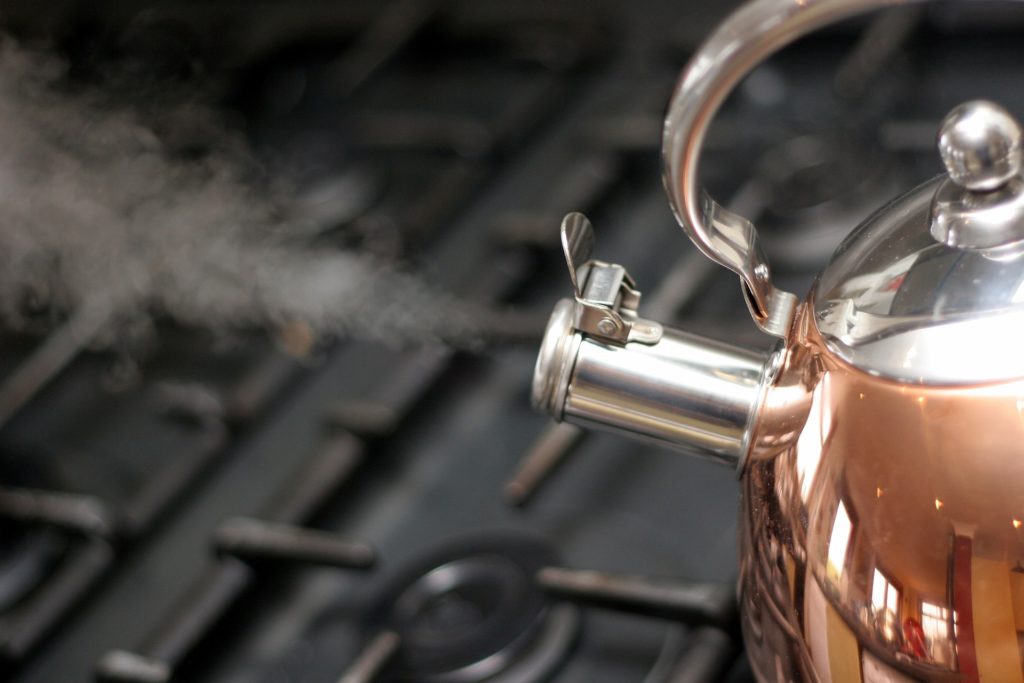
Boiling water is, hands down, the most economical method of water purification. It is also very safe since it can kill off viruses, bacteria, protozoa and other pathogens. All these contaminants can travel along the water pipes and render the water that reaches your home unsafe. While you may not see them, the risks of having germs and parasites are high and are often life threatening.
When boiling water, there are two things you need to ensure you do every single time. First, once the water reaches a boil, you must keep it at rolling-boil for a minimum of 1 minute. Leaving it for a bit longer than a minute is even better. (It is generally recommended to let the water boil for a longer period if you live in high altitudes because water boils lower temperatures in higher altitudes) Secondly, once the water is boiled, cover it and leave it to cool before drinking.
Method #2: Filtration
Water filtration is also considered to be an effective way of making sure drinking water is cleaner. Using chemical and physical processes, water filters eliminate waterborne protozoa and bacteria to make water safer for human consumption. Since it rids the water of both large and small contaminants, while also maintaining all the mineral salts in the water, water filtration is probably one of the best methods of making water cleaner. Additionally, filtration does not consume a lot of electricity and is, therefore, very affordable.
Method #3: Distillation
Distillation does what boiling water at home does not allow you to do: It brings the water to a boiling point and leaves it at that point until the water vaporizes. The vapour goes through a condenser to cool and turns back to liquid. The resulting liquid is pure water that has been rid of contaminants, other sediments and disease-causing elements, such as bacteria, germs, and heavy metals (lead, arsenic, mercury), typically found in water. This water is completely clean and safe for drinking.
Method #4: Chlorination
This is one of the most common ways of treating water for home consumption. This chemical is a cheap way to kill many disease-causing organisms found in tap water. You simply need to buy chlorine tablets or liquid chlorine and add them to the water. You do have to use them properly for maximum efficiency though. For example, chlorine tablets must be placed in heated water to ensure that they dissolve well. The tablets will kill all bacteria in the water and leave it clean and safe.
Bottom Line
If you want to make sure you and your family are having the cleanest water possible, having clean, fresh, purified water from the faucet is the way to go. Water purification systems can offer you this guarantee! While each method for water purification has its merits, nothing really beats a water purifier. Are you wondering why? Simple:
- You don’t have to wait for it to boil and cool down to drink. Open the tap, and there you go! Clean water!
- Unlike water filters that are designed to remove only waterborne protozoa and bacteria, water purifiers can eliminate viruses as well. Where the filters can combat only two types of microbes, the purifiers can handle all three types of microbes out there.
- Not only is distillation very slow, it is also very expensive! With water purifiers, on the other hand, you won’t have to wait a long time before getting a glass of water!
- Chlorination is a tried and tested method, no doubt about it. The only problem with it is that people suffering from thyroid problems will probably not be able to consume that water. You might also need to see a medical practitioner before even using this product.
So, in short, a water purification system is better for the environment as it requires less plastic bottles and produces cleaner water quickly. Since water purification can improve the quality of your water at home and can also be relatively inexpensive, it is your best bet! It does, after all, add to your day-to-day comfort and hydration!

